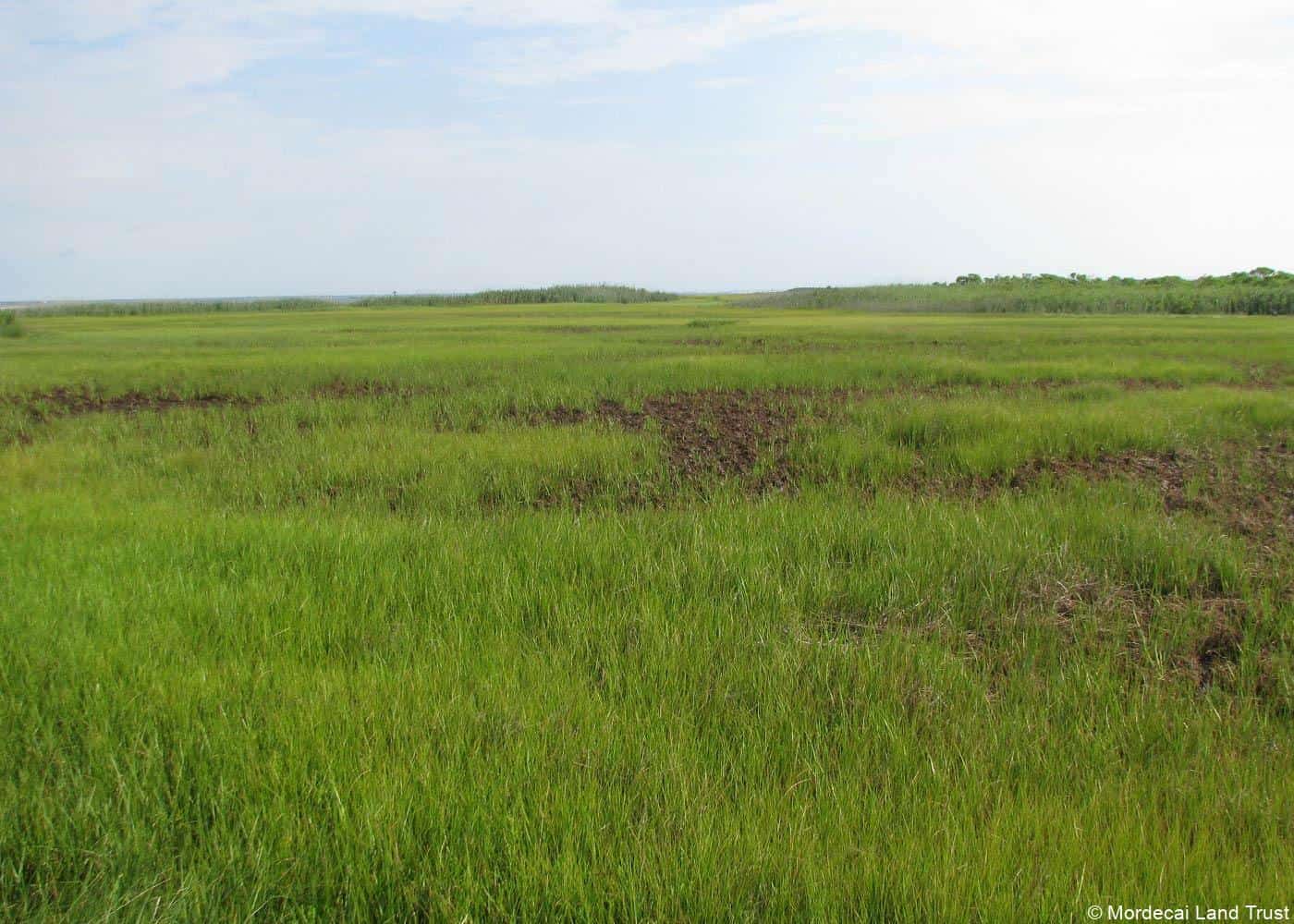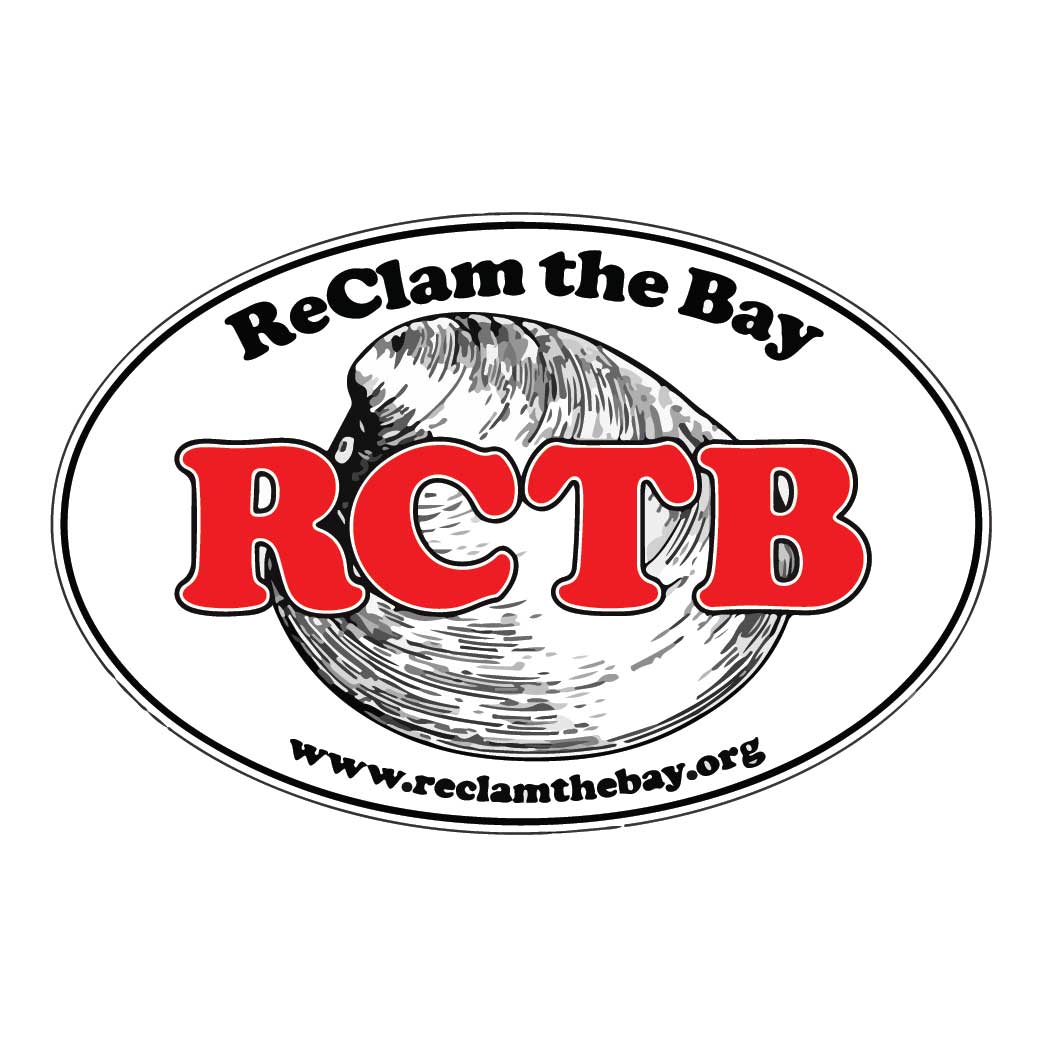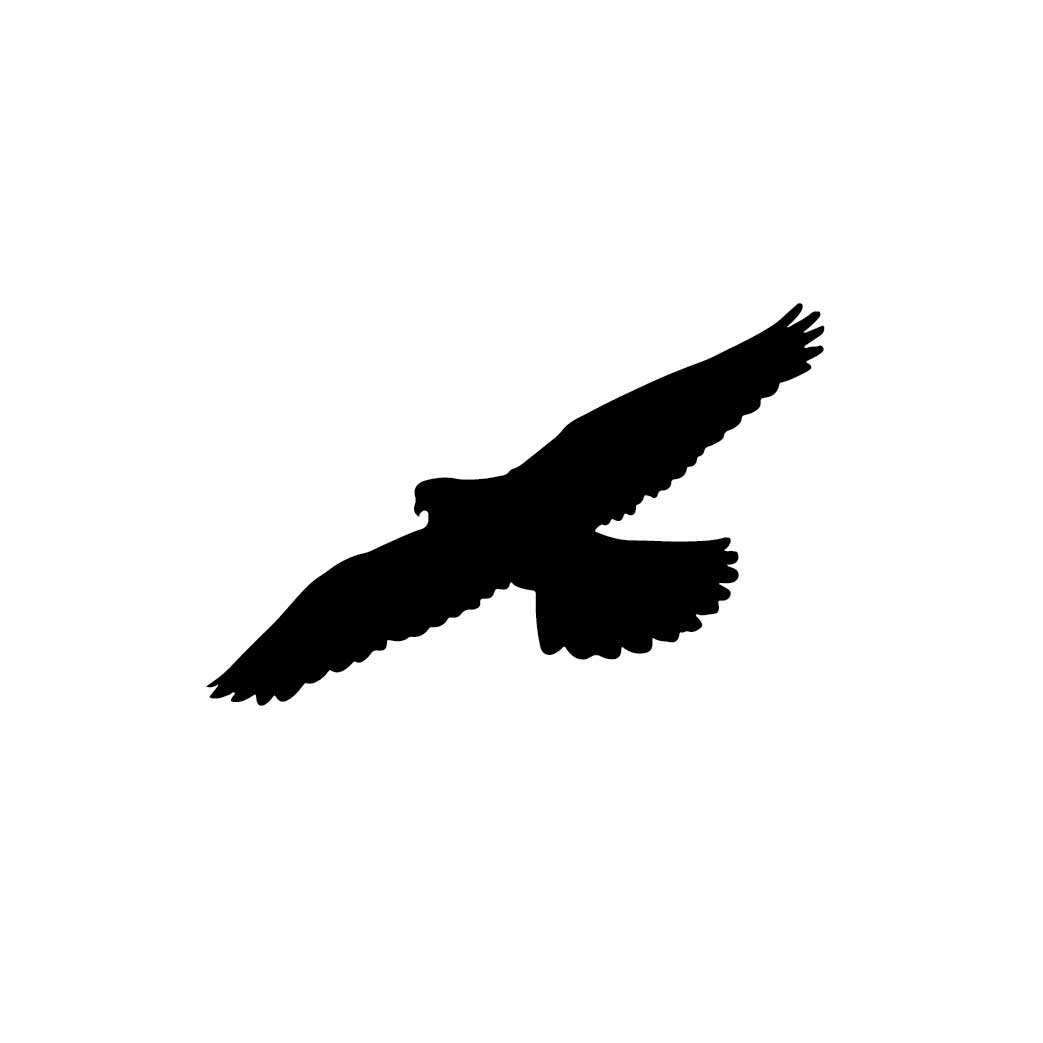Wildlife: American Oystercatchers, Waders, migratory shorebirds, passerines, terrapins (nesting).
2020 Report
Substrate: Moist sediment with tall Spartina grasses (alterniflora and patens) are found along the southern tip, with dense Phragmites and deeply layered/seasoned wrack mats more inland. Elevated sand mounds have formed along the western coastline.
Wildlife: American Oystercatchers, Waders, migratory shorebirds, passerines, terrapins (nesting).
2020 Status: The interior Phragmite stand continues to encroach into the center of the marsh area. Sand mounds are forming along the embankments, which attracted nesting terrapins. Dense macroalgae growth was observed mid-summer along the southern coastline.

2019 Report
Substrate: Moist sediment with tall Spartina grasses (alterniflora and patens) along the southern tip; dense Phragmites, and deeply layered/seasoned wrack mats more inland.
Wildlife: American Oystercatchers (nesting), Waders, migratory shorebirds, Passerines.
Status: Deep and seasoned wrack mats were an attractive nesting alternative for one American Oystercatcher pair, as 1 egg was found laid there, which was later predated by an avian species. The Phragmite stand continues to encroach into the center of the marsh area.


The IRS has determined that the Mordecai Land Trust is tax-exempt under section 501(c)(3) of the Internal Revenue Code of 1986 (“Code”) and not a private foundation pursuant to sections 509(a)(1) and 170(b)(1)(A)(vi) of the Code. Mordecai Land Trust was established in 2001.
Opt-in to email updates
















